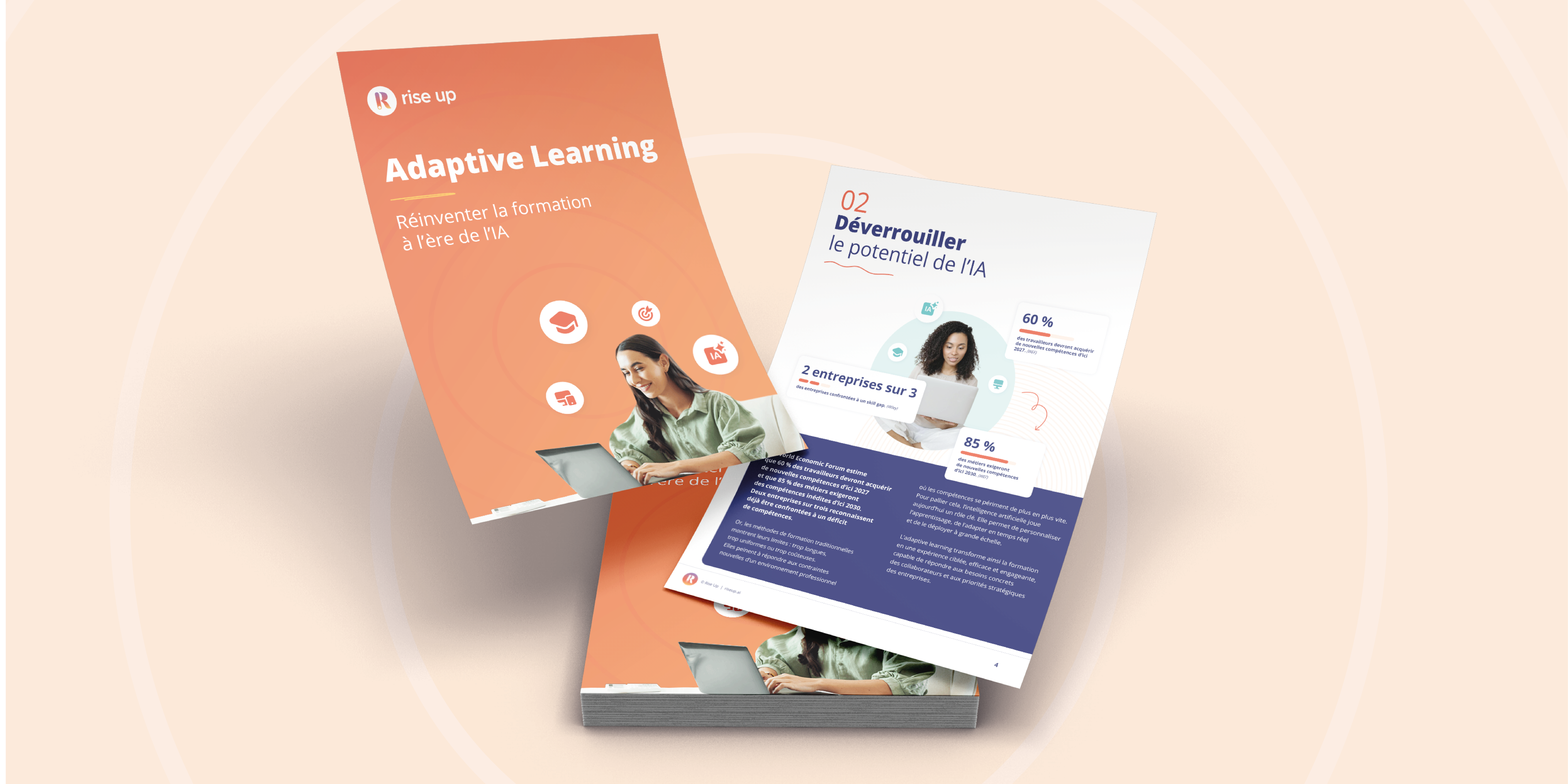E-learning: six top trends for 2022
7 minutes of reading | 2019-01-06
Educational technology is constantly evolving. In its infancy, e-learning typically took the form of simple online modules that learners would complete one by one. Recently, however, an explosion of new formats and methods has seen the face of e-learning change dramatically.
Some of the top advances in this field are continuations of long-term developments, while others represent new innovations. Let’s take a look at six of the most interesting e-learning trends of 2022.
Gamification
Learning needn’t always be ultra-serious, and better results could be achieved by injecting a bit of fun and healthy competition into the process. Enter gamification, which has well and truly infiltrated the mainstream in recent years.
Gamification has turned e-learning on its head by introducing elements such as point scoring, rewards and challenges. Best of all, it’s getting results. An estimated 95% of employees enjoy the use of gaming-inspired elements, and 90% feel more productive during gamified training. Meanwhile, around 60% of employees show increased productivity as a result of gamification.
Virtual reality and augmented reality
The goal of both virtual and augmented reality is to bring concepts to life. Indeed, these technologies allow learners to immerse themselves in a topic like never before.
Strapping on a VR headset gives you the ability to enter an entirely different world. For example, if a company was involved in construction, it could use the technology to allow employees to ‘see’ a dangerous scenario that looks totally realistic, without any of the risk.
While the need to purchase new headsets means that there is an upfront cost for businesses, this investment can help to save time and money in the long run. It’s no wonder that VR is now being used in both large corporations and SMEs, and is finding a home in sectors such as sport, engineering, medicine and more.
A related technology is augmented reality. Here, instead of immersing the user in an entirely different world, AR combines real life with virtual elements. You’ll likely be familiar with the AR game Pokémon Go, which overlays characters on top of the player’s environment. However, you might not have realised that this tool is becoming more widespread in e-learning.
VR and AR are both used for broadly the same purpose: putting the employee in a particular situation to enable them to experience it ‘for real’. This, in turn, gives them useful practice in carrying out a certain task, and helps to improve their performance on the job.

User experience
The success of apps such as Netflix is built on their ability to offer the right content to the right people at the right time. This principle is increasingly being adopted by e-learning platforms, too.
To achieve a better user experience, there are several steps that need to be taken. Firstly, learners should no longer be offered irrelevant content, but should instead see recommendations tailored to their needs and preferences.
Meanwhile, e-learning platforms should empower learners to take control of their own training experience, including which courses to take and when to take them. As such, they’re far more likely to feel motivated than if these choices are made for them by managers.
This system isn’t 100% foolproof, of course; some employees will still need to be encouraged or incentivised to train. Nonetheless, the benefits of a better UX are clear, and can help to make the training process more engaging.
Microlearning
As training moves from the desktop to mobiles and tablets, new formats have become necessary. Where ‘traditional’ e-learning modules tend to be lengthier and cover an extensive range of topics, microlearning modules focus on offering the learner bite-sized chunks of information that can easily be covered in just a few minutes.
This trend has already been around for a few years, and as the popularity of apps such as Duolingo shows, it’s a format that helps to boost engagement and keep learners engaged. This is partly because of their short length: learners know they’ll be able to complete them quickly, unlike longer e-learning modules, which may take hours to finish.
Another reason for the popularity of microlearning is the ease by which they fit into a schedule. Learners can easily complete a quick module in a short break from their usual tasks, or even while on the go.
This particular learning format isn’t suited to every eventuality, of course—there will, after all, be times when more comprehensive training is required. However, for revision purposes, or to gain simpler skills, microlearning can prove very useful indeed, and it certainly merits a place in your training toolkit.
Adaptive learning
Many of the formats we’ve discussed above help to provide learners with greater flexibility and choice. That’s certainly the case for our next top e-learning trend in 2022: adaptive learning.
This is an approach to training that aims to take the individual into account at every stage, including their existing knowledge, the results they gain throughout each course, their professional development goals and their personal preferences. It also identifies their strengths and weaknesses and shapes its recommendations based on these factors.
Adaptive learning works thanks to artificial intelligence. As the learner completes more modules, the algorithms that power the system gain more information about them. In turn, they become more personalised and sophisticated, and can therefore offer more tailored recommendations.
The benefits of this system are obvious: by tailoring training to suit each learner, you’re more likely to gain their attention and keep them motivated over a longer period of time. This helps them to achieve better results.
However, leaving every aspect of the training process to an algorithm has its drawbacks, too, and trainers need to be able to step in to offer support and guidance where necessary, as well as to make sure that learning content is properly adapted to meet each individual’s needs.

Virtual classes
Our final top e-learning trend for 2022 is virtual classes. It’s little wonder that this format has taken off in recent years; with remote and hybrid working both becoming increasingly common, virtual classes offer a more social approach to learning that doesn’t require learners to leave their home.
Virtual classes recreate the environment of a real-life training room, but tend to feature smaller group sizes. This brings the advantage of allowing people more time to speak up and to develop closer relationships with their trainers.
If you’re new to teaching virtual classes, it’s better to go in with a proper plan rather than diving in head-first. Be sure to familiarise yourself with the tools you intend to use so as to achieve the best possible outcome from your lesson.
Read our Virtual Classroom Guide to learn how to prepare, understand and ensure the success of your virtual classroom: interactions, organisation, and technique.
Looking ahead, we expect these e-learning trends to continue over the longer term as companies embrace the possibilities offered by personalised training approaches and new technologies. Thanks to Rise Up, you can implement each of these methods in your own business and see which of them works best for you.






